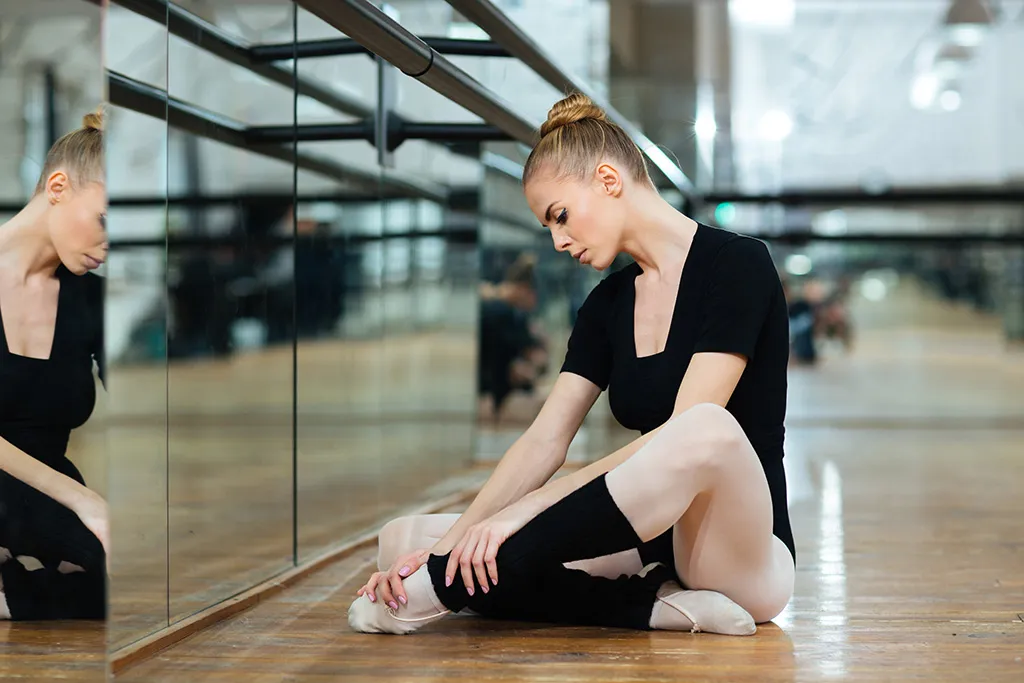Suite 3, Ground Floor, The Gateway,
312 St Kilda Road, Southbank, VIC, 3006
How to Prevent Dance Injuries

Every dancer knows the joy of moving freely, expressing emotion, and pushing their limits. But behind every graceful and effortless movement is a body doing a whole lot of hard work. Rehearsals, performances, and constant repetition can take a toll, and without the right care, that’s where injuries can creep in.
The truth is, you don’t always have to accept pain as “part of the process.” Whether you’re a beginner or a seasoned performer, preventing injuries is possible. It takes the right mix of strength training, smart recovery, and expert support from people who truly understand dance and the demands on your body.
Why Do Dance Injuries Happen?
Dance injuries can sneak up on you. One day it may be a slight twinge, and the next you’re sidelined from rehearsals. Most dance injuries stem from overuse, poor alignment, muscle imbalances, or just plain fatigue.
Common causes include
- Repetitive movements without rest
- Suboptimal technique or posture
- Skipping warm-up or cool-down routines
- Training too hard without enough recovery
Strength Training for Dancers: Why It Matters
One of the most effective ways to prevent injuries is to build strength in the muscles that support your movement. This is where weight training for dancers plays a key role. And no, lifting weights doesn’t mean bulking up, strength training actually means improving stability, control, and muscular balance.
For dancers, targeted strength exercises help you perform with more power and precision. Squats, gluteal bridges, lunges, and core workouts help stabilise your joints and absorb shock when you land, take off or turn.
How Does Dance Physiotherapy Help?
Every dancer moves differently; A physio who understands dance can assess your movement patterns, find areas of muscular imbalance, and recommend exercises tailored to your body and your style.
Dance physiotherapy is a powerful tool for injury prevention. A good physiotherapist will guide you through appropriate warm-ups, technique corrections, and rehab plans that keep you training and performing and minimising the setbacks.
Ballet-Specific Physiotherapy Tips
Ballet physiotherapy can make a big difference, especially for these dancers who are training en pointe with much of the repertoire in turnout. Here are a few smart habits to protect your body during ballet training:
- Warm up dynamically before every class; gentle movement is better than static stretching when your body is cold.
- Strengthen your turnout using your deep hip rotator muscles (around your hips), rather than “turning out” from the knees or ankles.
- Train your feet intrinsic muscles and ankles with a variety of rises with resistance bands to handle the demands of pointe work and jumps.
- Work on core and lower gluteal activation to stay balanced and aligned during turns, leaps, and adagio work.

Ready to Stay Injury-Free and Keep Dancing?
At Performance Medicine, we work with dancers of all levels, from young students to professionals on stage. Our team includes experienced dance physiotherapists who understand the demands of performance. Whether you’re coming back from an injury or want to avoid one in the first place, we’re here to help you move better, feel stronger, and dance longer.
Book Your Dance Physio Session at Performance Medicine Today!

